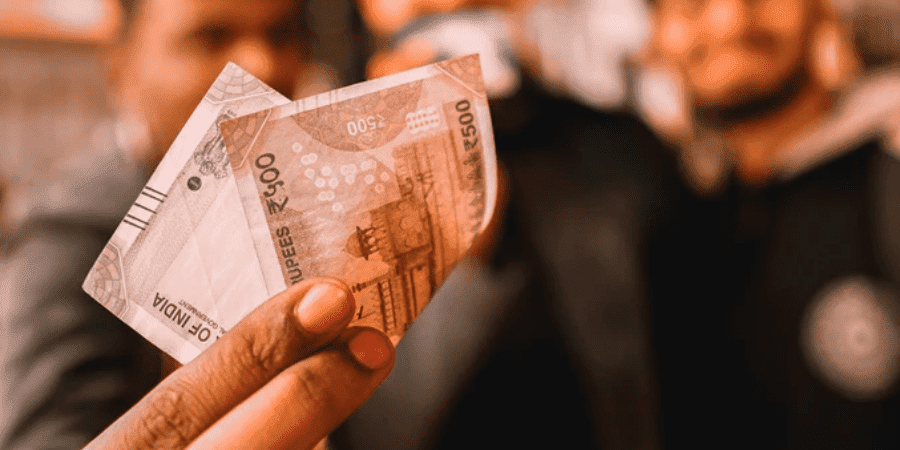This article gives a brief summary and additional/extra questions and answers of the chapter "Basic Concepts of Economics" which is the first chapter of the Political Science and Economics textbook of Class 9 under the Board of Secondary Education, Assam (SEBA).
‘Economics’ is derived from the Greek word ‘oikonoma’, which means ‘family’ and ‘nomos’, meaning ‘rules’. Hence, economics is defined as the set of rules governing a family or a society.
In his famous book ‘An Enquiry into the Nature and Causes of the Wealth of Nations published in 1776, Adam Smith defined economics as the “science of wealth”. Smith’s definition had been criticised as being the “Gospel of Mammon” by later social scientists, particularly Carlyle and Ruskin.
Lionel Robbin’s definition
A book published in 1932 by Lionel Robbins called ‘An Essay on the Nature and significance of Economic Science’ gave economics the most acceptable definition. According to him, “Economics is the science which studies human behaviour as a relationship between ends and scarce means which have alternative uses.” This definition highlights three main points i.e., human wants are unlimited, resources to satisfy human wants are limited, and scarce resources have alternative uses.
Three factors together produce economic problems or problems of choice. Economic problems or problems of choice arise when people decide which among the unlimited wants should be satisfied through the use of scarce resources with alternative uses. It is also referred to as a definition of scarcity. Still, Robbin’s definition is not beyond criticism. The critics claim the problem of attaining present economic development is even more important than the problem of choices, though Robbins is silent on this point.
Scope of economics
In economics, monetary activities (those activities concerned with the acquisition, expenditure, and distribution of wealth) are included. Non-monetary activities are not included. The following topics usually fall within the scope of economics.
i. Consumption: The activities which lead to the satisfaction of our desires are known as consumption. Consumer equilibrium, the laws of consumption, etc. fall into the scope of economics.
ii. Production: In economics, production refers to the creation of useful commodities or services by means of the four factors of production – land, labour, capital, and organization – in addition to the laws of production, producers’ equilibrium, monetary system, etc.
iii. Distribution: Consumption is possible only after produced goods are distributed among the people. Good distributions and efficient distributions are discussed in the study of 'distribution'.
iv. Exchange: Individuals, regions, and countries are unable to produce all commodities necessary for their needs. Therefore, in this situation, trade becomes necessary between individuals, regions, and countries. Domestic and international trade are discussed in economics.
v. Money: Historically, the barter system of exchange had a number of shortcomings that were removed by the creation of money, simplifying the system of exchange. The study of economics involves examining the study of money, its functions, types, and uses.
Some basic concepts of economics
i. Goods: A good is defined as any product or service which can fulfil human desires. Goods can be categorised into tangible (such as housing, food, clothing, etc.) and intangible (such as the services teachers, politicians, soldiers, lawyers, etc.) goods. Goods can also be categorised into free and economic goods.
ii. Utility: The capacity for any good or service to satisfy human wants is referred to as utility. Food like rice or bread can satisfy a hungry person the same way that a doctor's services on a sick person can satisfy her. This power, which can satisfy such human wants, is known as utility.
iii. Wealth: In order to be considered wealth, a good must possess four characteristics to qualify. These are scarcity, transferability, externality, and utility. In economics, a good must be usable, valuable, and transferable from one person to another in order to be considered wealth. Food, clothes, furniture, coal, crude oil, etc. have these characteristics.
iv. Money: The price of any commodity is equal to its monetary value or its exchange value. For example, the price of a book is Rs. 75, a laptop computer's maximum retail price is Rs. 32750 and so on.
v. Demand: If consumers have both the desire and the power to purchase a given commodity we can call that desire demand. It cannot be referred to as demand if a beggar desires to buy a car. Because he cannot afford it.
vi. Supply: The part of the produced goods which are brought to the market for the purpose of selling is known as supplying our country, there is a supply department for supplying goods in the market. There is also a departmental minister. The Food Corporation of India is an organisation that looks after matters relating to the stock and supply of food in the country.
Microeconomics and macroeconomics
Microeconomics and macroeconomics are two definite methods for investigating and analyzing economic issues and problems. “Microeconomics” comes from the Greek word “mikros,” meaning “small,” and macroeconomics comes from the Greek word ‘Makros,” meaning “great.” Microeconomics discusses the economic behaviour of persons or organisations in an individual manner. The behaviour of a consumer, a producer or a productive enterprise, a market, a creditor, a saver, is included in microeconomics. On the other hand, the aggregate behaviour of a country or the behaviour of all consumers, producers etc. are included in the subject matter of macroeconomics.
The study of the population, employment, industrialisation, agriculture etc. of a country is included in macroeconomics. Microeconomics is individual whereas macroeconomics is aggregate.






1 Comments
Answers of books questions
ReplyDelete